PPT-Index and JDBC/JSP tutorial
Author : myesha-ticknor | Published Date : 2020-01-30
Index and JDBCJSP tutorial Professor Dr ShuChing Chen TA Hsin Yu Ha Outline Introduction of Index Instruction to access PostgreSQL from Tomcat Setup Tomcat in your
Presentation Embed Code
Download Presentation
Download Presentation The PPT/PDF document "Index and JDBC/JSP tutorial" is the property of its rightful owner. Permission is granted to download and print the materials on this website for personal, non-commercial use only, and to display it on your personal computer provided you do not modify the materials and that you retain all copyright notices contained in the materials. By downloading content from our website, you accept the terms of this agreement.
Index and JDBC/JSP tutorial: Transcript
Download Rules Of Document
"Index and JDBC/JSP tutorial"The content belongs to its owner. You may download and print it for personal use, without modification, and keep all copyright notices. By downloading, you agree to these terms.
Related Documents

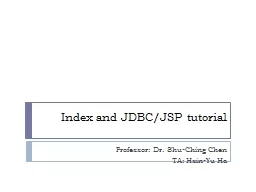





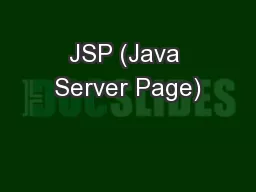
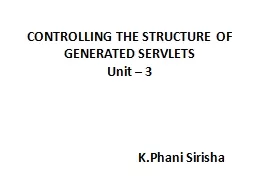
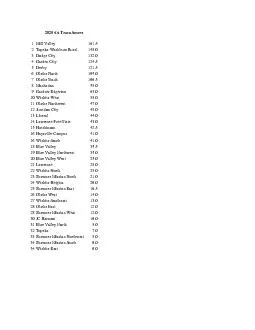
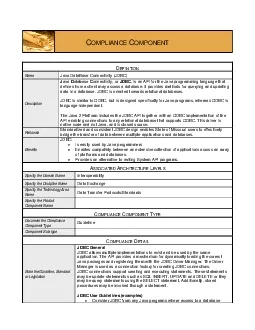
![[DOWLOAD]-JDBC 4.2, Servlet 3.1, and JSP 2.3 Includes JSF 2.2 and Design Patterns, Black](https://thumbs.docslides.com/970853/dowload-jdbc-4-2-servlet-3-1-and-jsp-2-3-includes-jsf-2-2-and-design-patterns-black-book-2ed.jpg)
![[READING BOOK]-Jdbc Api Tutorial and Reference](https://thumbs.docslides.com/973163/reading-book-jdbc-api-tutorial-and-reference.jpg)
![[READING BOOK]-JDBC 4.2, Servlet 3.1, and JSP 2.3 Includes JSF 2.2 and Design Patterns,](https://thumbs.docslides.com/974026/reading-book-jdbc-4-2-servlet-3-1-and-jsp-2-3-includes-jsf-2-2-and-design-patterns-black-book-2ed.jpg)
